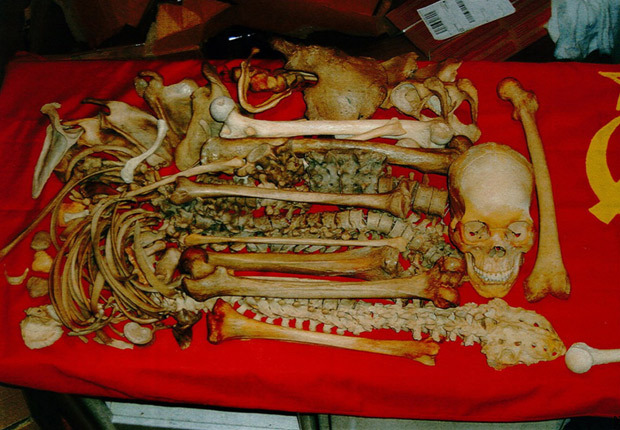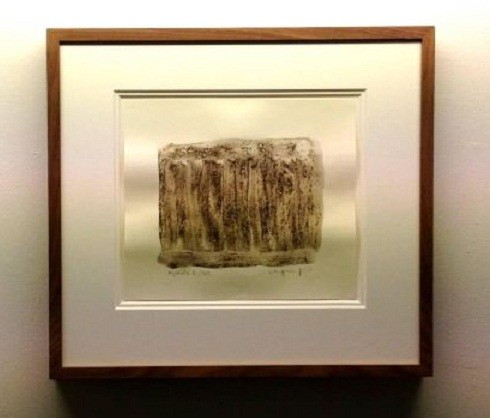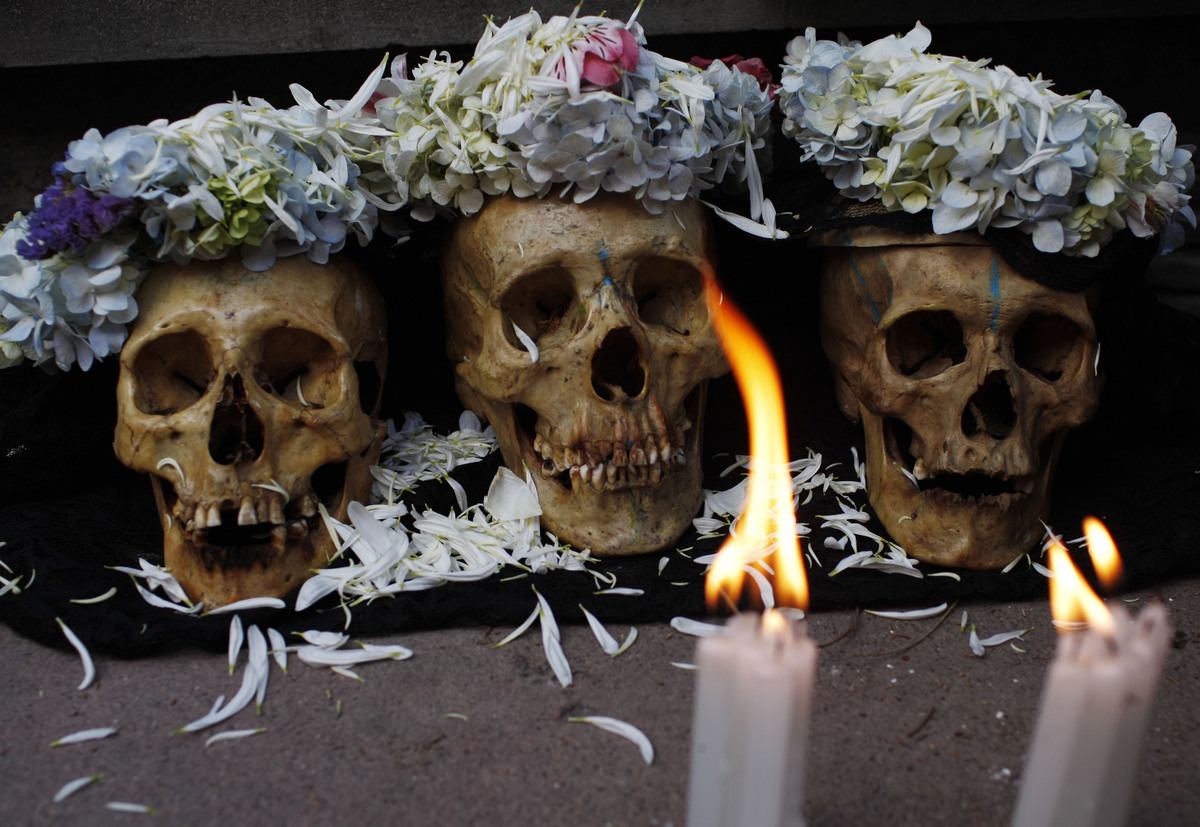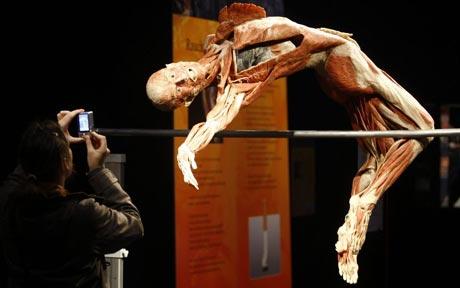Sweden, I have to say, you’re really on a roll lately with the human remains desecration accusations.
First, last month, there was the 37-year-old woman charged with necrophilia after investigators found a full human skeleton in her home (along with various other skulls and bones) that she allegedly used for sexual purposes.
They also discovered CD-ROMs titled “my necrophilia” and “my first experience,” and photographs of the woman engaging in various sexual activities with a skeleton, a court document on the prosecutor’s website showed.
Then, just yesterday a story appeared about Swedish artist Carl Michael von Hausswolff, who has used the ashes of Jewish Holocaust victims for a new painting.
Mr Von Hausswolff took the ashes during a 1989 visit to Majdanek, which, during its 34 months in operation from 1941 to 1944, claimed around 79,000 lives, the vast majority of them Polish Jews.
The painting was created by mixing the ashes with water to create a “series of grey streaks.”
I feel about human remains much the same way I feel about sex: It is all about consent.
We can’t determine what is right and wrong about handling human remains from our narrow cultural perspective. For example, I posted a few weeks ago about the Bolivian festival of the skulls, where members of the group (an offshoot of the Catholic Church) revere the skulls of more than 300 of their dead.
From the Western perspective, the thought of having your skull removed and given cigarettes and wreathed with flowers and paraded through the streets once a year might seem disrespectful. But to the people of this group, Western ideas about embalming or burial might be equally disrespectful. The people who died probably felt very comfortable with the idea that their skull was going to be revered in this way.
There, again, is the idea of consent. The bones the Swedish woman used for sexual pleasure and the ashes of the Holocaust victims were not intended to be used for those purposes. Neither the dead nor their families would be happy with that outcome, especially since Jews were incredibly uncomfortable with the idea of cremation in the first place, another reason the Holocaust was so psychologically traumatizing.
While I find the process of plasticized bodies fascinating, I am wary of Body Worlds and its creator Gunther von Hagens because of his use of executed Chinese prisoners in his work (which he was eventually made to return to China). There is a difference between donating your body for public display and having your body stolen for public display, against your wishes and culture.
That said, I am 100 percent for creative ways of dealing with human remains–with consent. Say that someone donated their cremated remains to me because it was their last wish that I should roll around in them and jump into the Pacific Ocean and make an “art video.” Well, you know, if that’s what makes you feel good about your death, bro, let’s do it.
But what if I stole some random person’s ashes from my crematory and did that because, you know, this is my art, people! There is a HUGE difference there. And that’s the difference we should be using when talking about artistic uses for human remains.




